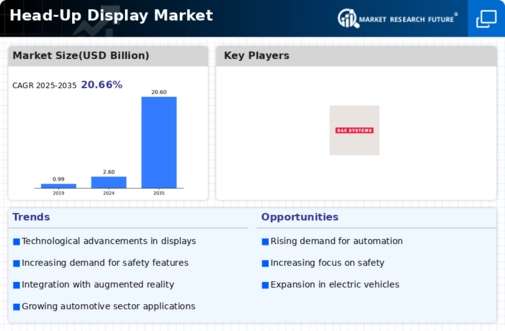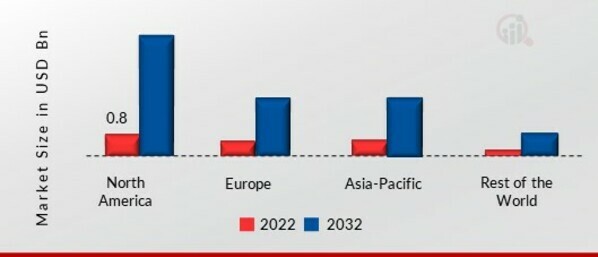Market Share
Head Up Display Market Share Analysis
To maintain and grow their market share, businesses use strategic positioning techniques in the highly competitive Head-Up Display (HUD) industry. Differentiation is a key strategy, where businesses concentrate on providing special and distinctive characteristics in their HUD systems. Businesses may differentiate their goods from rivals by offering cutting-edge features like configurable interfaces, augmented reality displays, and sophisticated navigation. This distinction builds a brand identity that supports long-term market success in addition to drawing in customers looking for cutting-edge technology. Furthermore, pricing tactics are crucial for determining market share positioning. Some businesses choose to pursue a cost leadership approach in an effort to get a greater portion of the market by providing HUD systems at a more affordable price. This strategy works especially well in price-sensitive markets where affordability plays a big role in influencing consumers' choices to buy. Premium pricing tactics, on the other hand, are aimed at customers who are prepared to spend more for greater quality and top-notch features. In order to obtain a significant market share and sustain profitability, organizations must carefully consider how to balance price and perceived value. Effective placement in the HUD market also requires careful consideration of market segmentation. Businesses may cater to a range of demands and preferences by recognizing and focusing on certain consumer groups with customized HUD solutions. Segmentation tactics take into account factors such as display size variances, preferences for certain sectors (such gaming or aviation), and customization choices for various vehicle kinds. By focusing on certain consumer segments, businesses are able to maximize their market share by meeting their specific needs. Market share positioning also heavily relies on strategic alliances and joint ventures. To increase their reach and impact, businesses often create partnerships with automakers, technology companies, or other related sectors. Businesses may grow their market share by reaching a wider audience and using well-established distribution networks by incorporating HUD technology into a variety of cars or gadgets. These collaborations may also help with cooperative research and development projects, which might result in the development of more sophisticated and comprehensive HUD solutions. Moreover, regional expansion is an essential tactic for businesses looking to increase their market share in the worldwide HUD industry. Gaining a competitive advantage may depend on locating and joining new markets where there is a rising need for HUD technology. Expanding market share in different geographic places requires goods to be tailored to local tastes and regulations. In the fast-paced HUD business, maintaining and growing market share requires constant innovation and adaptability. Businesses are better positioned to gain and hold onto market share when they make research and development investments to keep ahead of technical advances and customer preferences. A firm may stay relevant and competitive by quickly implementing new features or enhancements based on input from the market and being flexible enough to adjust to changes in the competitive environment. The military and aviation industries may benefit most from head-up displays' (HUDs) sophisticated technology. The head-up display market is seeing increased demand in civil aviation due to the rise in passenger traffic in recent years. The industry is expanding as more people desire head-up displays in cars or airplanes for safety reasons. Because they eliminate the need for users to use cellphones or other devices while driving, these displays are very efficient and save consumers time. The importance of safety features in cars has led to a recent boom in the head-up display market. The worldwide market study provides comprehensive information on the industry's anticipated future growth. The influence of COVID-19 on the head-up display business is discussed, along with the prospects and obstacles for market expansion. The study also examines several aspects of the head-up display market and the major companies who will have an impact on it in the years to come. It also takes into account various regions where the industry is expected to expand throughout the projection period.




Leave a Comment